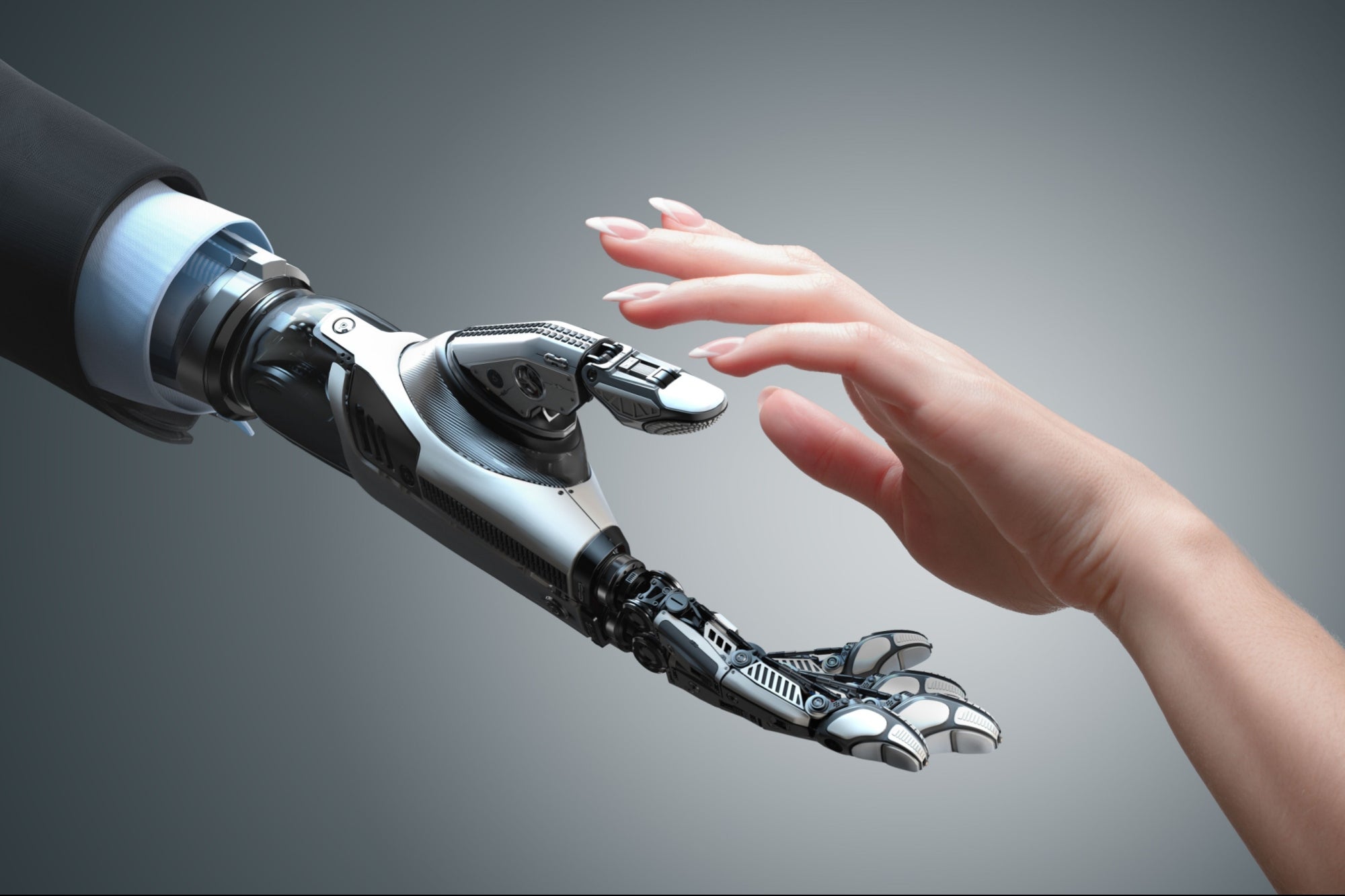In our current fast past world digital innovation plays a crucial role in almost every sector of our everyday lives as well as the rapidly changing world of recruitment and career coaching. From the rise of AI tools such as the Applicant Tracking Systems (ATS) that so many companies now heavily rely on to manage their recruitment operations, to conducting virtual career coaching sessions as well as enhancing the services with other automated tools, there’s no doubt that technology has not failed to contribute towards streamlining processes to make life easier. On the other hand, even with all these developments we cannot deny that the human touch is still very much needed. The aim of this blog is to strike a balance between technological innovation and human touch both in the coaching and recruitment sectors.
The Rise of Technology in Recruitment
Within the past decade the hiring industry has gone through a huge change with the incorporation of technology. The dependency on ATS systems, automated resume screenings and interview automation solutions are now common practices for organizations these days. It is evident that the tools provide humongous benefits like shortening the hiring processes, facilitating data informed decisions, and improving overall operational efficiency.
As much as technology advancement can manage administrative activities there is still a short fall in grasping the intricacies of human behavior and change feelings. To explain this further for example a hiring management tool might fail to recognize a candidate’s potential due to strict key word matching thus ignoring a potential candidate who could be a better fit for a position if given the right support and training.
The Human Element in Recruitment

Continuous promotion of the human touch in hiring ensures that job seekers are evaluated more realistically. The beauty about this human aspect is that recruiters can assess cultural fit, hard and soft skills as well as potential growth which are often abstract and difficult to quantify with technology. Tailored communication engagements give both recruiters and candidates the opportunity to build concrete relationships and offer customized feedback, hence better employment decisions with enhanced candidate onboarding experiences.
Another element of the human engagement is important to creating an equitable hiring approach. Various candidates have various experiences and skills that technology might not be able to properly comprehend. Human recruiters can fill this division by demonstrating empathy, comprehending diverse backgrounds and championing inclusive hiring practices.
Technology in Career Coaching

The career coaching industry has also greatly benefited from technology. A lot of coaches these days utilize so many virtual tools to such as canva, loom, etc to handle their automations, which enable them to swiftly conduct webinars and produce coaching materials for their clients. These digital transformations have useful scalability and data making it possible for the coaches reach a wider audience base. Remote coaching specifically has rendered career support more attainable especially for people in distant locations with different time zones.
The Human Touch in Career Coaching
Notwithstanding the abundance of technology, the essence of effective career coaching resides in personal rapport and trust. Career coaches play a significant role in assisting individuals navigate job market transitions, overcome challenges and set better goals. Empathy, deep listening, and tailored support are required, all of which are integral human aspects.
A coach’s capacity to establish personal connections nurtures a supportive atmosphere where clients feel appreciated and recognized. This relationship is significant for building personal confidence, explore various career aspirations and make better decisions. Human coaches can also adjust their approach based on immediate feedback and emotional cues, which is something technology alone cannot duplicate.
Balancing Technology and Human Touch in Recruitment and Coaching

Therefore, in order to strike a balance between both worlds here are some strategies to maintain the balance;
- Combine both technology with human insight: Utilize technology to automate routine tasks and analyse data hence enabling recruiters and coaches to concentrate on personalized interactions and strategic planning.
- Personalize Communication: As much as AI chat bots and automated emails can handle inquires, personalized communication is still more of a priority for deep discussions and feedback.
- Leverage Data, But Trust Intuition: It’s good to rely on data driven insights from technology, but depending on human instincts and conclusions to make better decisions that technology can’t still remains an important aspect.
- Continuous Learning and Adaptation: Keep abreast knowledge of technological advancements while continuously honing interpersonal skills. This will continue to encourage the learning and adaptation of both industries.
- Empathy and Inclusivity: Foster an environment of empathy and inclusivity, ensuring that technology complements rather than replaces human interaction, especially for diverse and underrepresented groups.
Resources for Further Learning
To move further into the balance between technology and human touch in recruitment and career coaching, here are some recommended resources:
Books:
“Humans Are Underrated: What High Achievers Know That Brilliant Machines Never Will” by Geoff Colvin
“AI for HR: Use AI to Support and Develop a Successful Workforce” by Ben Eubanks
Podcasts:
“Recruiting Future” by Matt Alder
“The Career Coach Podcast” by Marie Zimenoff
Conclusion
While technology continues to revolutionize recruitment and career coaching, the importance of maintaining a human element cannot be overstated. By balancing technological efficiency with human empathy and insight, we can create more meaningful connections, make better decisions, and foster inclusive environments.
Shiftbalance is committed to inclusive workplaces throughout the process. Visit our services page to learn more about how we do that!








